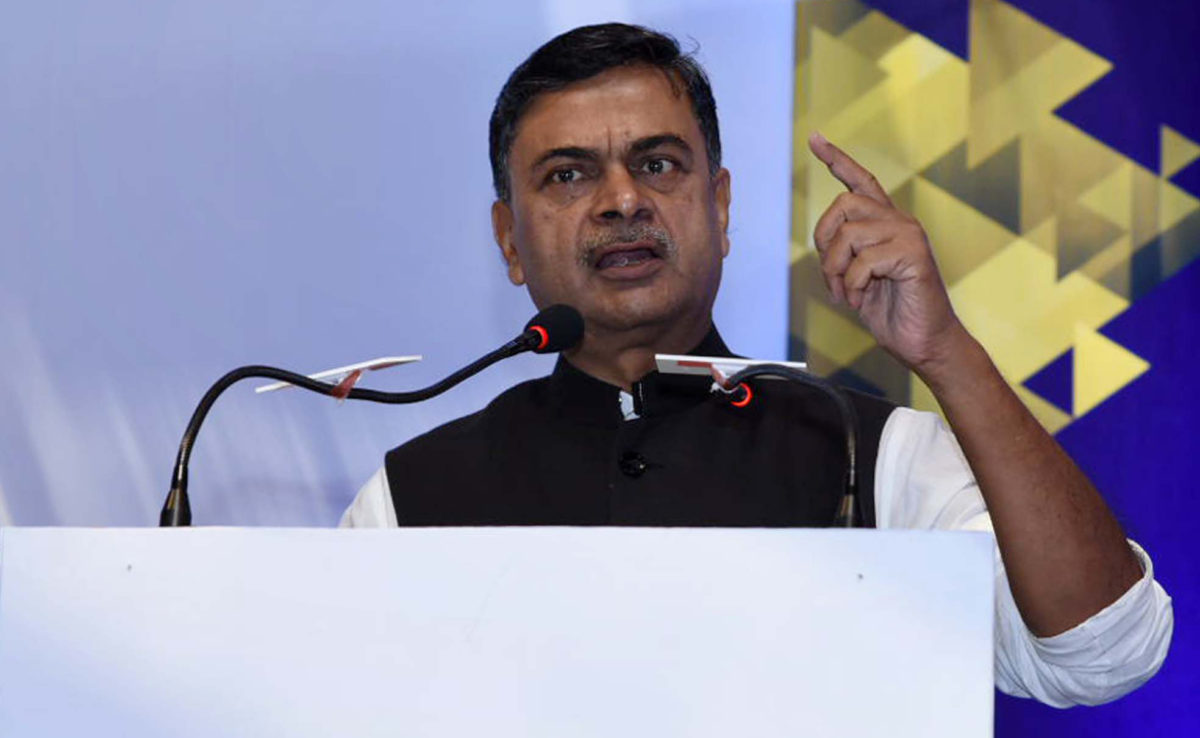Power minister R.K. Singh used the online India PV Edge 2020 event to announce: “Future [solar] power [tendering] bids in India will be planned to encourage manufacturing [which uses] advanced and [the] latest technology.”
The minister made the statement, hinting at changes to the solar auction program, at yesterday’s event, which saw global technology providers, equipment makers and ‘PV champions’ present products to Indian companies drawing up solar manufacturing plans. The virtual event was organized by national policy thinktank NITI Aayog, the Ministry of New and Renewable Energy (MNRE) and Invest India.
“India had promised on [the] sidelines of COP-21 [the United Nations Climate Change Conference held in Paris in 2015] that by 2030, 40% of the country’s energy capacity will be from non-fossil fuel sources,” said the power minister yesterday. He added, India “is already at 38.5% and by 2030, 60% of [its] energy capacity is expected to be from non-fossil fuel sources.” The minister said the nation was on the way to meet its renewable energy targets of 175 GW by 2022 and 450 GW by 2030.
MNRE secretary Indu Shekhar Chaturvedi said the ministry is introducing supply-side interventions to encourage domestic renewables manufacturing, including basic customs duty (BCD) for imports, a performance-linked export scheme and an interest subvention scheme which will offer credit at low, subsidized interest rates. Demand-side interventions by the ministry include a domestic content requirement on equipment provided for the Kisan Urja Suraksha Evam Utthan Mahaabhiyan (KUSUM) rural and rooftop solar programs.
Collaboration opportunities
Rajiv Kumar, vice-chairman of NITI Aayog, reminded the event India has set a 300 GW solar target for the next decade. He urged the PV manufacturing industry to harness the resulting demand to invest in manufacturing lines and collaborate with start-ups and research institutions to continue to increase the performance of the solar panels produced and reduce their cost.
NITI Aayog chief executive Amitabh Kant concurred, and said: “We are convinced that PV technology improvements will exceed general market expectations and will be the key anchor towards reducing solar deployment costs. India should innovate in every part of the value chain and strategically collaborate with global innovators to take a generation[al] leap in solar PV manufacturing.”
Kant urged the Indian solar industry and research labs to focus on technologies such as direct wafer manufacturing, heterojunction and tandem cell production and bifacial modules.
This content is protected by copyright and may not be reused. If you want to cooperate with us and would like to reuse some of our content, please contact: editors@pv-magazine.com.









1 comment
By submitting this form you agree to pv magazine using your data for the purposes of publishing your comment.
Your personal data will only be disclosed or otherwise transmitted to third parties for the purposes of spam filtering or if this is necessary for technical maintenance of the website. Any other transfer to third parties will not take place unless this is justified on the basis of applicable data protection regulations or if pv magazine is legally obliged to do so.
You may revoke this consent at any time with effect for the future, in which case your personal data will be deleted immediately. Otherwise, your data will be deleted if pv magazine has processed your request or the purpose of data storage is fulfilled.
Further information on data privacy can be found in our Data Protection Policy.